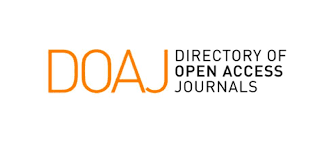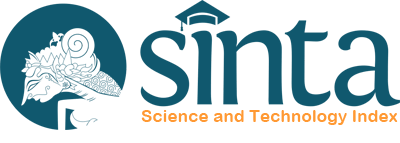Spline Truncated Multivariabel pada Permodelan Nilai Ujian Nasional di Kabupaten Lombok Barat
Abstract
Regression model is used to analyze the relationship between dependent variable and independent variable. If the regression curve form is not known, then the regression curve estimation can be done by nonparametric regression approach. This study aimed to investigate the relationship between the value resulted by National Examination and the factors that influence it. The statistical analysis used was multivariable truncated spline, in order to analyze the relationship between variables. The research that has been done showed that the best model obtained by using three knot points. This model produced a minimum GCV value of 44.46 and the value of determination coefficient of 58.627%. The parameter test showed that all factors used were significantly influence the National Examination Score for Senior High School students in West Lombok Regency year 2017. The variables were as follows: National Examination Score of Junior High School; School or Madrasah Examination Score; the value of Student’s Report Card; Student’s House Distance to School; and Number of Student’s Siblings.
Downloads

Jurnal Matematika (JMAT) is licensed under a Creative Commons Attribution License (CC BY-NC 4.0)















